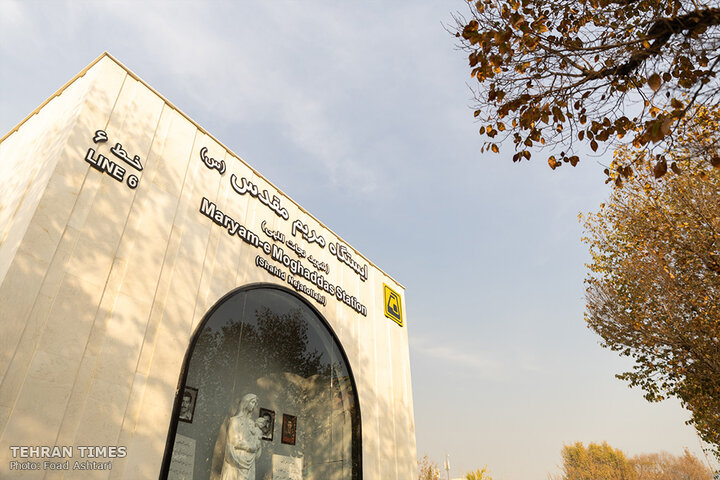-
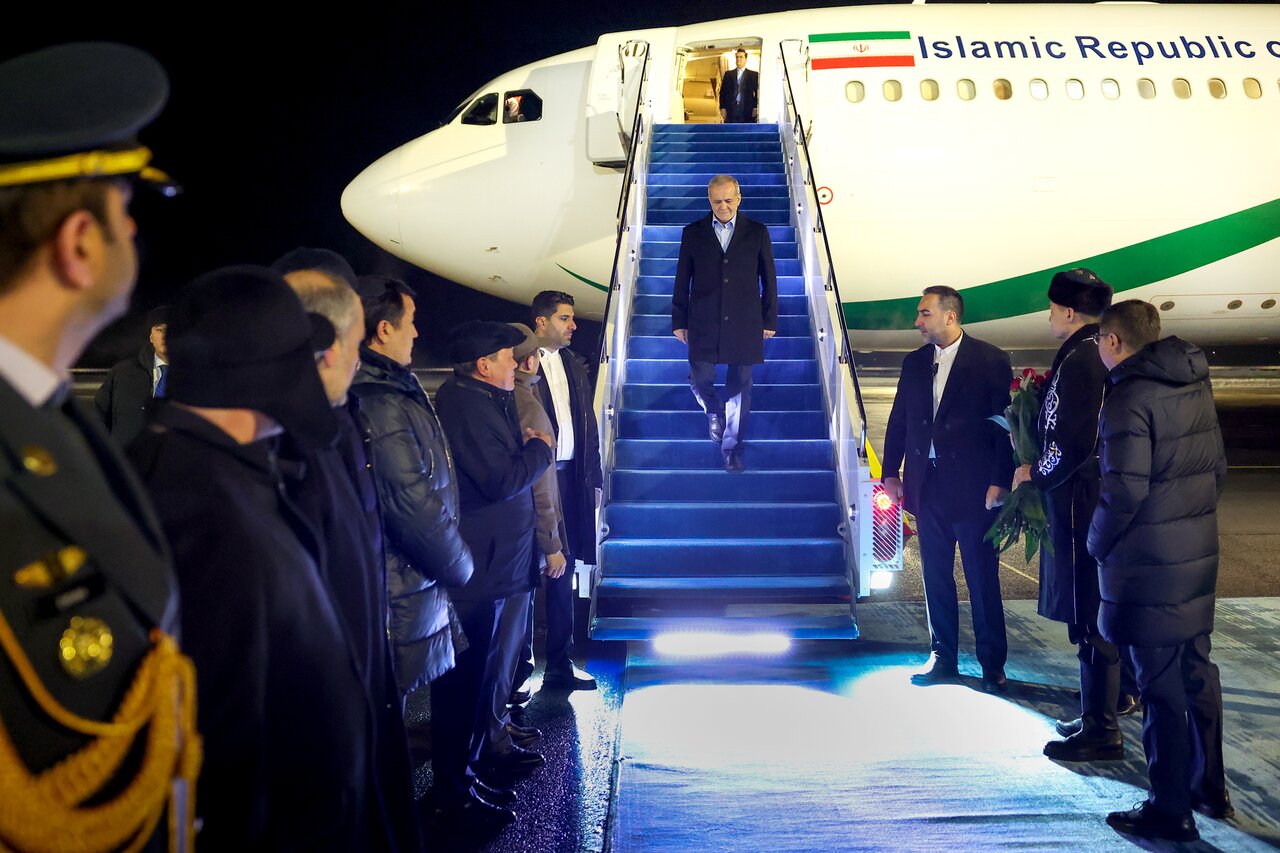 2025-12-10 22:48
2025-12-10 22:48
Strengthening Iran’s ties with Central Asia
Pezeshkian leads a high-level delegation to Astana and Ashgabat to expand economic and political partnerships
TEHRAN – President Masoud Pezeshkian departed Tehran on Wednesday for Kazakhstan and Turkmenistan, a two-day trip designed to advance economic agreements and participate in a regional conference on peace and trust-building.
-
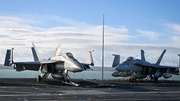
By Shahrokh Saei
Trump’s psychological warfare over Venezuela’s skies
TEHRAN – The United States has intensified its pressure on Venezuela by sending two Navy F/A 18 fighter jets over the Gulf of Venezuela. Although the Pentagon described the maneuver as a routine training flight, the timing and proximity to Venezuelan airspace made it appear far from routine.
-
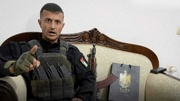
By Garsha Vazirian
The traitor’s grave buries Israel’s proxy dream in Gaza
How Abu Shabab’s downfall exposes the limits of imposed governance and the resilience of social legitimacy
TEHRAN – When the ISIS-linked Yasser Abu Shabab fell, Israel lost more than a proxy commander. Tel Aviv saw its “day after” blueprint for Gaza shaken at the roots.
-
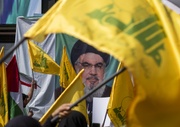
By Sondoss Al Asaad
Hezbollah’s role in Syria: 10 years that reshaped West Asia
BEIRUT — On the first anniversary of Syria’s collapse, Hezbollah’s intervention stands as one of the most consequential, and persistently distorted, events in contemporary regional history.
-
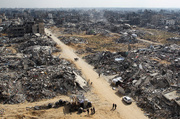
By Wesam Bahrani
How Israel benefits from Gaza destruction
TEHRAN – Hamas has warned that Zionist regime’s violations are preventing the truce from advancing to its crucial second phase.
-

U.S. deployment of warships to Caribbean violates international law: Iran President
TEHRAN – Iran’s President Masoud Pezeshkian has dismissed Washington’s deployment of warships to the Caribbean as a threat to international peace and security.
Politics
-

Araghchi calls for ‘strong region’ as Tehran hosts high-level China–Saudi consultations
TEHRAN – Iran’s Foreign Minister Abbas Araghchi says Tehran is working toward a “strong region” free from the “destabilizing interference” of certain external powers.
-
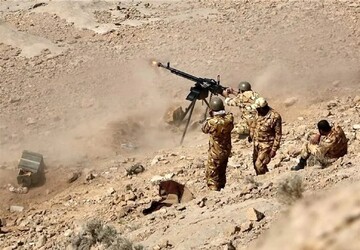
3 IRGC forces killed by terrorists near Iran’s southeast border
TEHRAN – Three members of the Islamic Republic of Iran’s Guards Corps (IRGC) have been martyred by terror cells in a border area in the city of Zahedan in the southeastern Iranian province of Sistan and Baluchestan.
-

Relations with Azerbaijan entering ‘bright new chapter’, says Iran FM
TEHRAN – Iranian Foreign Minister Seyed Abbas Araghchi says Iran and Azerbaijan are poised to enter a “new and bright chapter” in relations, emphasizing that the long-standing ties between the two neighbors are anchored in shared history, culture, and strategic interests.
Sports
-

Iran move down in FIFA Futsal Women’s World Ranking
TEHRAN – Iran moved down one place to 10th in the FIFA Futsal Women’s World Ranking released on Friday.
-

Para powerlifter Pouladi optimistic about future
TEHRAN - Zahra Pouladi Jarfi, who won the first gold for Iran delegation in the 2025 Asian Youth Para Games, is optimistic about the future.
-

Para powerlifter Ehsani dedicates her gold to Iranian people
TEHRAN – Para powerlifter Mahdiyeh Ehsani dedicated her gold medal to the Iranian people.
Culture
-

“Black Rabbit, White Rabbit” wins best picture award at Hainan Island International Film Festival
TEHRAN – “Black Rabbit, White Rabbit” directed by Iranian filmmaker Shahram Mokri won an award at the 7th Hainan Island International Film Festival (HIIFF), which was held from December 3 to 8, in Sanya, China.
-

Renowned photographer Alfred Yaghobzadeh to lead workshop on war photography in Tehran
TEHRAN- A specialized session titled "War Photography and Social Documentary" will be held in Tehran with the participation of renowned international photographer and award-winning artist Alfred Yaghobzadeh.
-

Major visual art exhibition to open in Tehran, celebrating Mother’s Day
TEHRAN- An art exhibition titled "In the Frame of Heaven" dedicated to the theme of motherhood is set to open at the Iranian Academy of Arts (IAA)in Tehran on Thursday.
Economy
-

Land–Sea Alliance seen as gateway to expanding China–Iran economic ties
TEHRAN – Iran and China are looking to deepen economic and trade cooperation through the International Land–Sea Trade Corridor, with senior officials highlighting the platform’s role in connecting member states and improving living standards across the region.
-

ICCIMA head outlines 6 steps to boost trade with Kazakhstan
TEHRAN – The head of Iran Chamber of Commerce, Industries, Mines and Agriculture (ICCIMA) said on Wednesday that a set of practical measures, including formalized barter, a joint financial mechanism and long-term involvement in Kazakhstan’s infrastructure projects, could significantly expand bilateral trade.
-

Iran, Belarus to expand cooperation across farming, forestry, veterinary services
TEHRAN – Iran’s agriculture minister and Belarus’ industry minister agreed to expand cooperation across farming, forestry, veterinary services, and plant and animal quarantine, with commitments to jointly produce agricultural machinery and potash fertilizer, the Agriculture Ministry said.
Society
-

Global investment essential for sustainable return of refugees: Iran’s UN envoy
TEHRAN –Iran’s UN envoy to Geneva, Ali Bahreini, has called for the international community’s investment in infrastructure, employment, education, and other services to improve conditions in Afghanistan for the sustainable return of refugees to their home countries.
-

DOE fostering environmental diplomacy at UNEA-7
TEHRAN – Attending the seventh session of the United Nations Environment Assembly (UNEA-7), the head of the Department of Environment (DOE), Shina Ansari, is promoting environmental diplomacy by holding talks with participating countries.
-

When forests talk: Using AI to listen to nature and protect burning ecosystems
TEHRAN - There is a quiet language in nature that humans rarely notice. Long before a wildfire becomes visible, the forest whispers warnings through rising temperatures, unusual animal movements, and subtle shifts in humidity. For centuries, these signals remained unheard, and by the time flames were seen from a distance, it was often too late. Today, a new kind of listener has entered the world’s forests. Not human, not animal, but artificial intelligence trained to hear what we cannot, and to protect ecosystems that are struggling to survive in a rapidly warming world.
Tourism
-

Persian art of Ayeneh-Kari added to UNESCO intangible heritage list
TEHRAN — Ayeneh-Kari, the art of mirror-work in Persian architecture, was inscribed on UNESCO’s Representative List of the Intangible Cultural Heritage of Humanity on Thursday following a decision by the Intergovernmental Committee meeting in New Delhi.
-
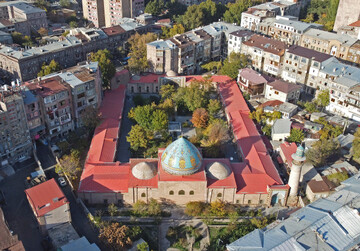
Tehran requests new restoration phase for Yerevan’s Blue Mosque
TEHRAN - Iran has formally asked the Armenian government to begin a new phase of restoration work at the Blue Mosque in Yerevan during a recent visit by senior Iranian tourism officials.
-

Women preserve ‘Tal-o Mahtal’ ritual for rain in Iran’s Qaleh Bala village
TEHRAN – The ancient rain-seeking ritual Tal-o Mahtal, observed in Iran’s Qaleh Bala village, is originated as a community response to recurring desert droughts and continues to be practiced today. The ceremony is listed as part of the national intangible cultural heritage.
International
-

The traitor’s grave buries Israel’s proxy dream in Gaza
TEHRAN – When the ISIS-linked Yasser Abu Shabab fell, Israel lost more than a proxy commander. Tel Aviv saw its “day after” blueprint for Gaza shaken at the roots.
-

Hezbollah’s role in Syria: 10 years that reshaped West Asia
BEIRUT — On the first anniversary of Syria’s collapse, Hezbollah’s intervention stands as one of the most consequential, and persistently distorted, events in contemporary regional history.
-

How Israel benefits from Gaza destruction
TEHRAN – Hamas has warned that Zionist regime’s violations are preventing the truce from advancing to its crucial second phase.
Video Comment
-

Ayatollah Khamenei’s vision of freedom and humanity discussed in intl. conference
-

Iran hosts SCO joint anti-terror drills
-

Holy Mary Metro Station marks interfaith unity in Tehran
-

Academics analyze social dimensions of Resistance in Tehran conference
-

Culture minister highlights year of progress in arts, global image enhancement
Most Viewed
-
Strengthening Iran’s ties with Central Asia
-
3 IRGC forces killed by terrorists near Iran’s southeast border
-
World Cup 2026 draw: A group Iran must use, not just play
-
The traitor’s grave buries Israel’s proxy dream in Gaza
-
Trump’s psychological warfare over Venezuela’s skies
-
Hezbollah’s role in Syria: 10 years that reshaped West Asia
-
Araghchi calls for ‘strong region’ as Tehran hosts high-level China–Saudi consultations
-
Land–Sea Alliance seen as gateway to expanding China–Iran economic ties
-
“Black Rabbit, White Rabbit” wins best picture award at Hainan Island International Film Festival
-
How Israel benefits from Gaza destruction
-
U.S. deployment of warships to Caribbean violates international law: Iran President
-
Iran, Belarus to expand cooperation across farming, forestry, veterinary services
-
Women preserve ‘Tal-o Mahtal’ ritual for rain in Iran’s Qaleh Bala village
-
Tehran requests new restoration phase for Yerevan’s Blue Mosque
-
Relations with Azerbaijan entering ‘bright new chapter’, says Iran FM




